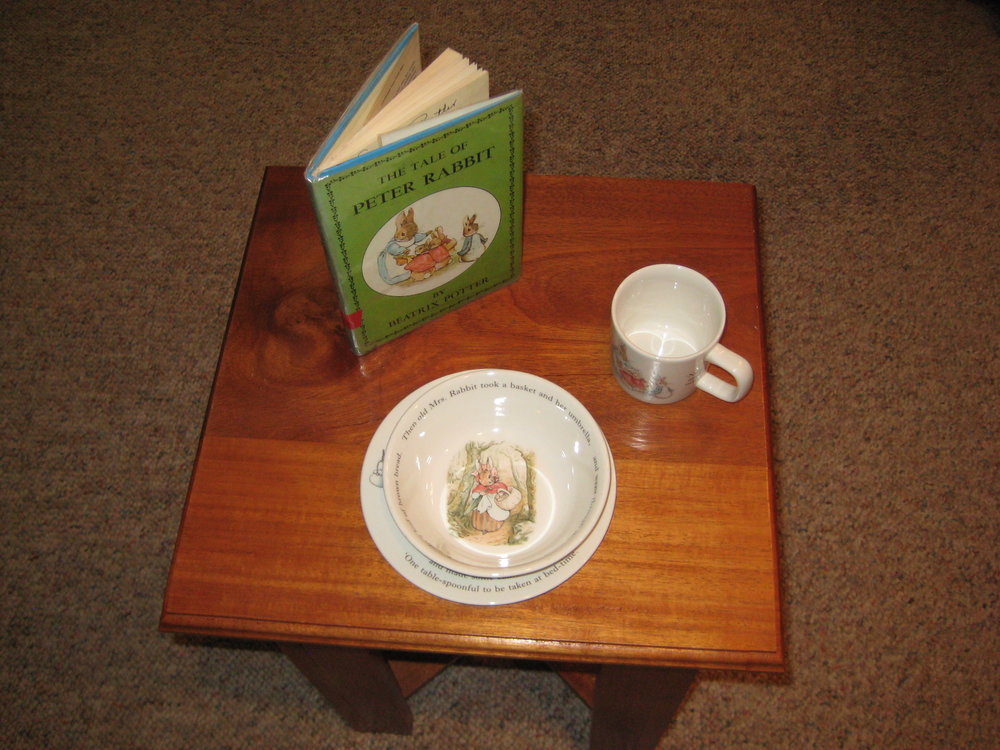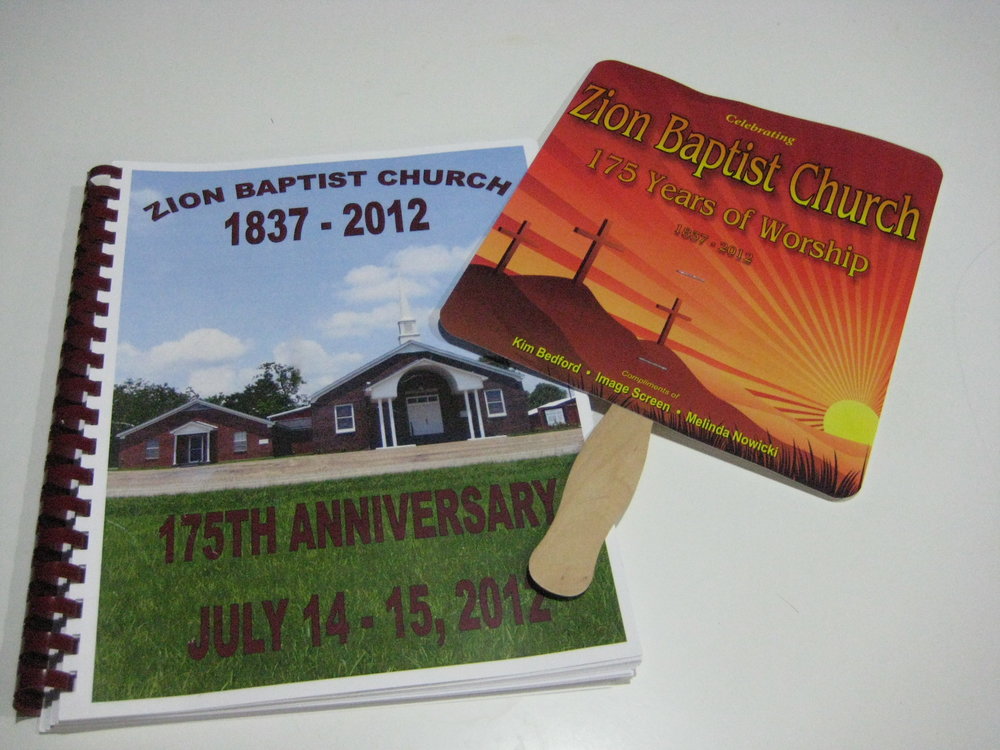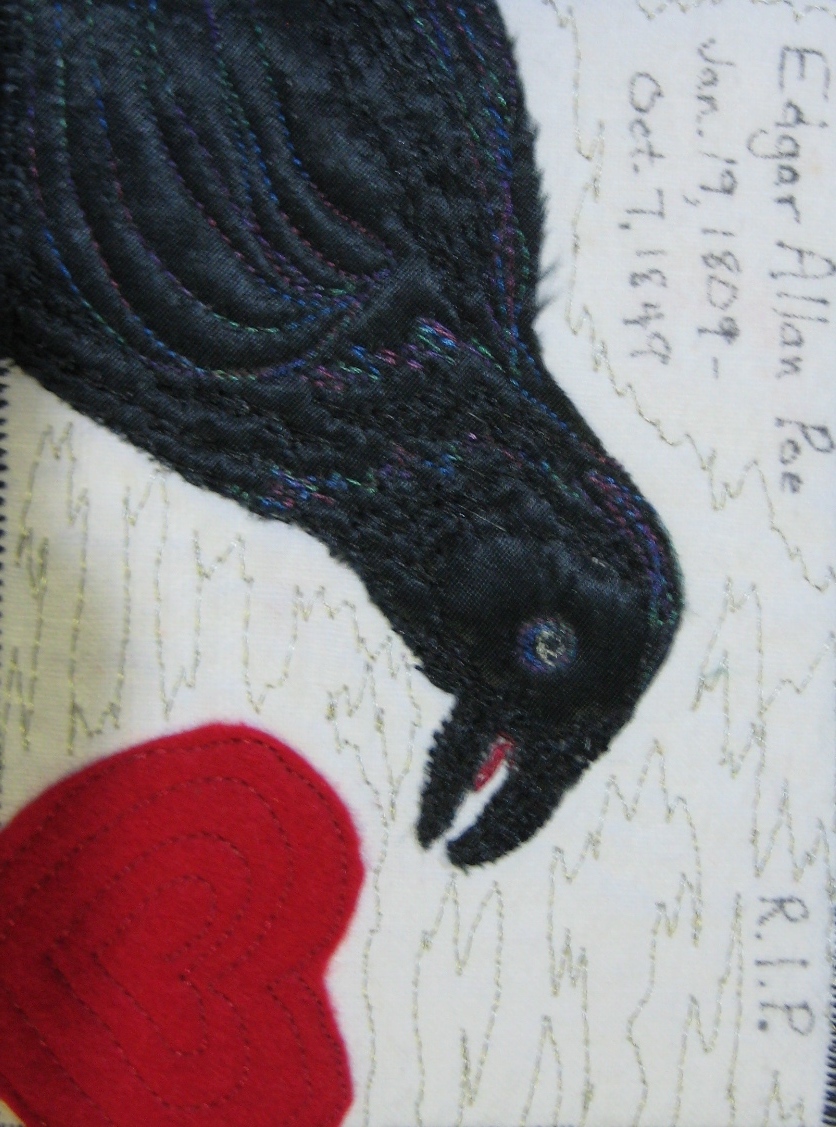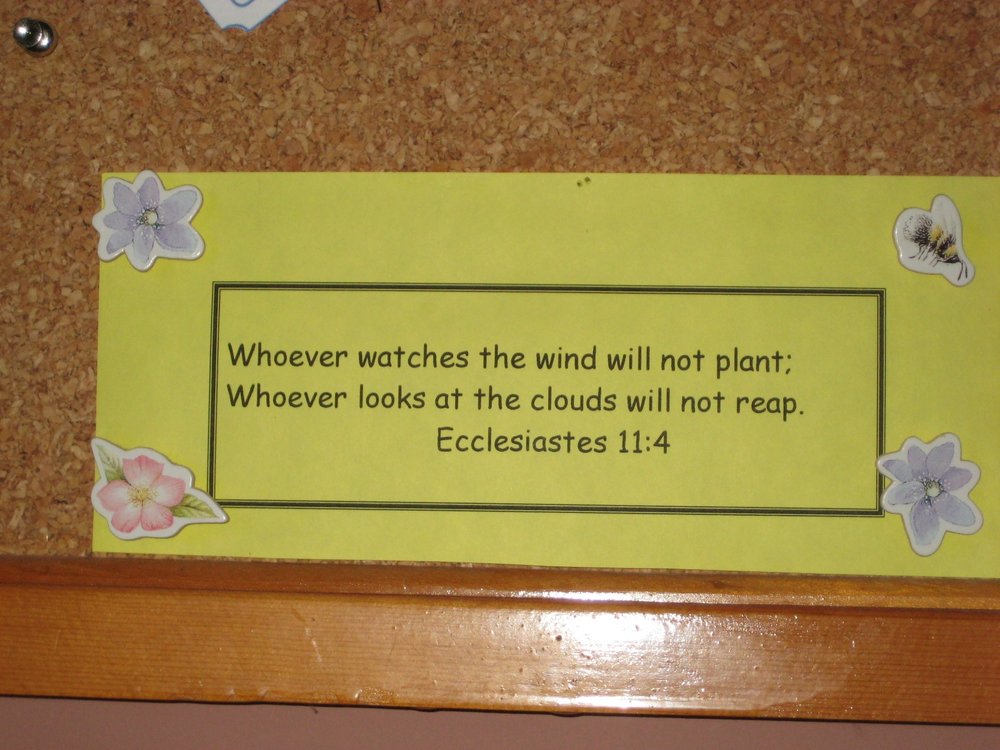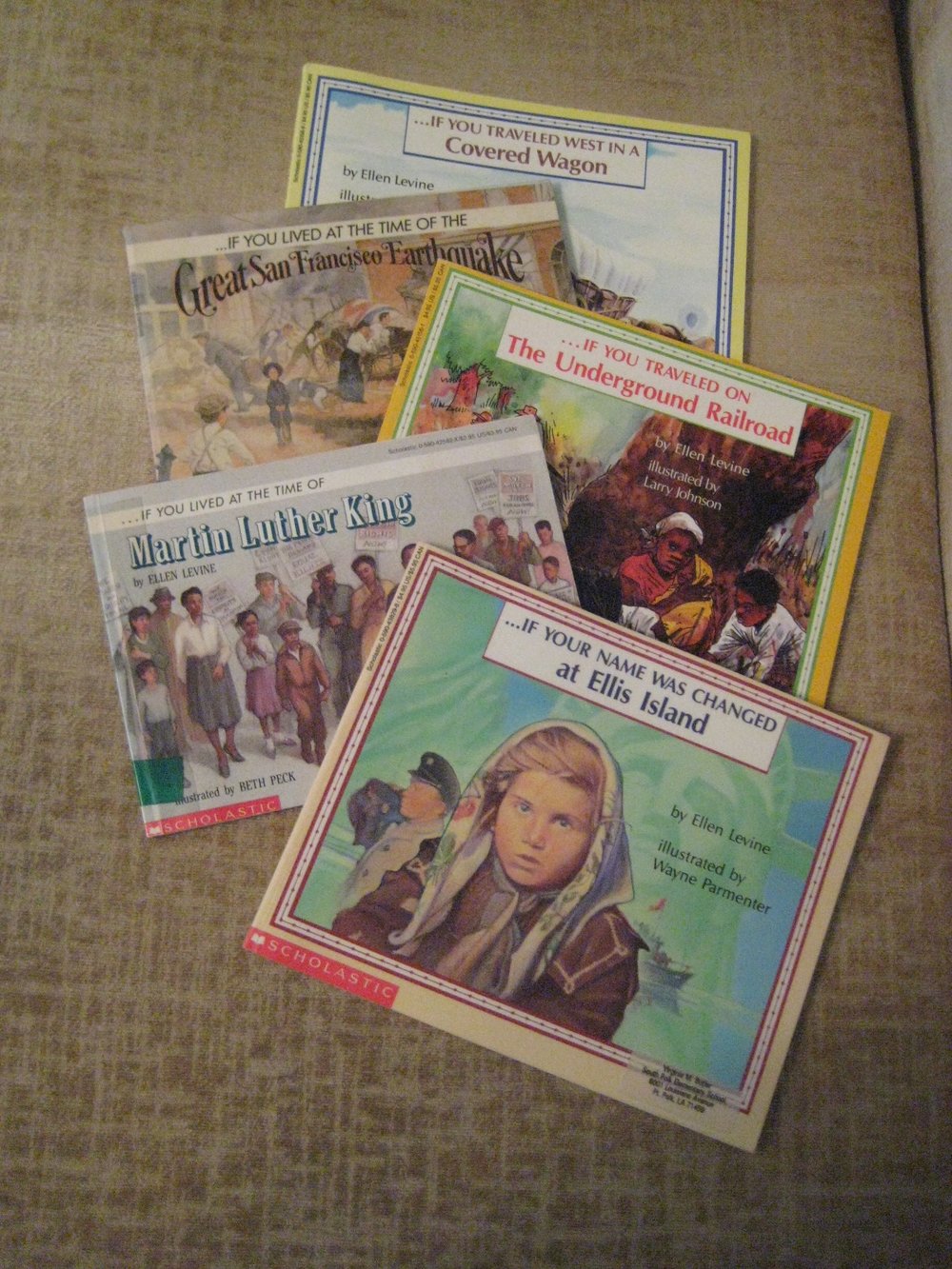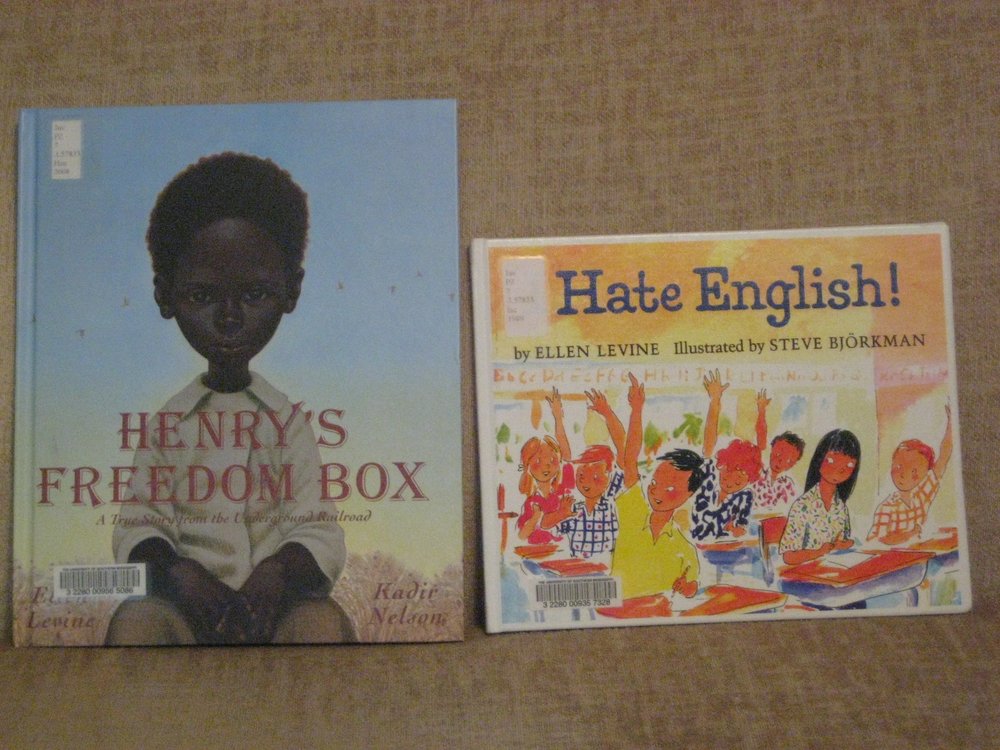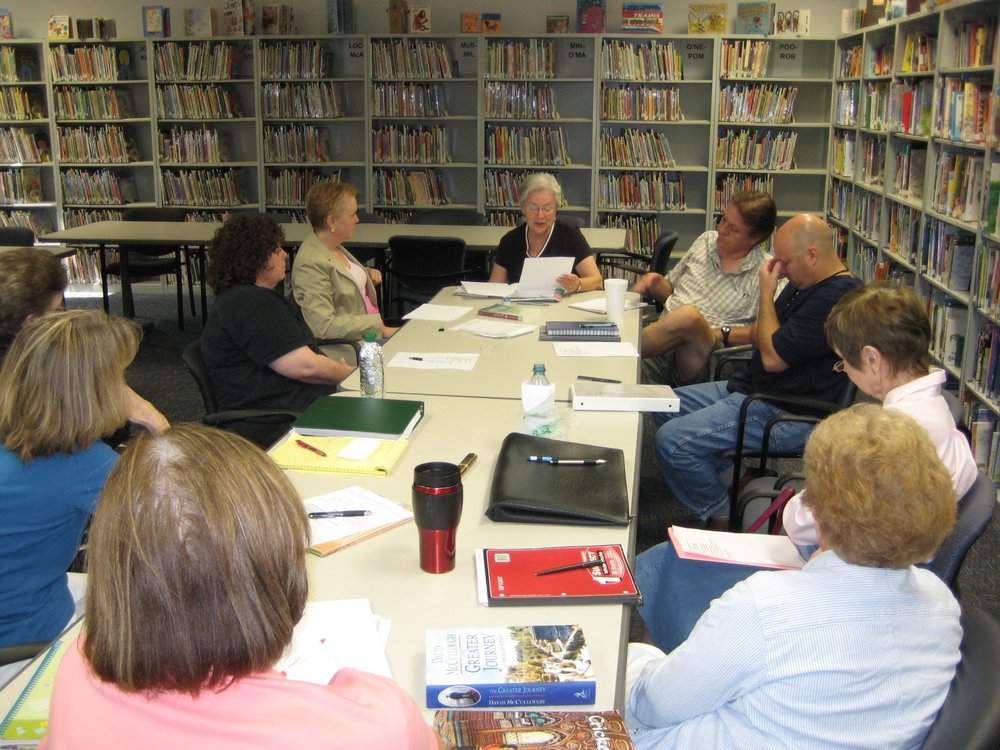 During my senior year in high school, my life for the next few years was pretty well decided, or so it seemed. I had devoured the series of books that began with Sue Barton, Student Nurse. My favorite subject was chemistry. Daddy delighted that I had a higher grade point average than any of the boys in my class. He never held to the theory that boys were better than girls in math and science.
During my senior year in high school, my life for the next few years was pretty well decided, or so it seemed. I had devoured the series of books that began with Sue Barton, Student Nurse. My favorite subject was chemistry. Daddy delighted that I had a higher grade point average than any of the boys in my class. He never held to the theory that boys were better than girls in math and science.
I had watched and helped care for my great-grandmother as she died of cancer the previous spring. With the right interests and a demonstrated ability to nurse gravely ill patients, I was headed to college to become another Florence Nightingale. I knew I would be no ordinary nurse.
And then on a crisp October afternoon, we drove to Pontotoc County, Mississippi to meet people in the new community where my father was going as pastor. He wanted to introduce us to members of his new church and help us get acquainted.
My mother, who always drove, stopped the car in front of the most modern country store I had ever seen. Plate glass windows spread across the front of the long white building that formed an obtuse angle. Men, sitting on the old nicked benches, whittled and gaped at entering customers and passers-by. Tall gas pumps with round glass tops stood guard out front. My parents, my three younger sisters, and I piled out.
The inside of the store fascinated me. Long glass cases lined the sides and stretched across the front. One held penny candy, nickel and dime candy bars, suckers, and chewing gum. Another held bolts of fabric. An assortment of things that didn't fit anywhere else filled another.
Canned foods of all kinds lined one wall. Another wall had nails, nuts and bolts, and hardware equipment. The center shelves stocked flour, meal, sugar, and other staples. The item that really caught my eye was a wooden two-drawer chest. The front bore the insignia, "J. P. Coats Best Six Cord Thread." Inside were wooden spools of thread in every color imaginable. Since sewing for my sisters and myself was my choice free time activity, I knew I would be returning often to the store.
The odor of feed and fertilizer drifted in from the back warehouse and mingled with the smell of bologna, hoop cheese, and liverwurst. The owner and his teen-age son were busy cutting off enough of the cheese to sell fifty cents worth of cheese and crackers along with an RC Cola to a waiting customer.
Daddy got us a Coke from the chest cooler. It had slivers of ice and tasted fresh from the Arctic. Never again have I had such a cold Coke.
Daddy approached the owner and his son as the customer left, signaling for us to join him. Bent on making a good impression on new church members, I had worn my favorite outfit for the occasion – my gold corduroy skirt that made a full circle and my black sweater set – in our school colors, of course.
The owner was bent over from the waist with rheumatoid arthritis and used a short walking stick. His son appeared to be his companion and helper.
Little did I know that the storeowner’s next words would change the direction of my life forever. Something was afoot that would make the nearby university that trained teachers much more appealing to me than the faraway nursing school. Mr. Butler reached up and put his hand on his son's shoulder. "This," he said, "is my baby boy."
A short time later, the boy showed up about two miles down the road to help the movers unload furniture into our new home. For two years, the neighbors took note that the boy regularly parked the Butler family car, a 1956 red and white hardtop Buick convertible, in our front yard. And they all turned out on the hot Sunday afternoon of June 1 when we were married in the country church – next door to the house about two miles down the road.
Afterward: The two-drawer thread chest sits on an old family trunk in our guest bedroom.
*Thema Magazine published this memory in its “About Two Miles Down the Road” Summer 2011 issue.
Hook, Voldemort, and Cruella de Ville. Thank goodness, even in our darkest literary night, the Brits have given us Mary Poppins to dispel the evil!





